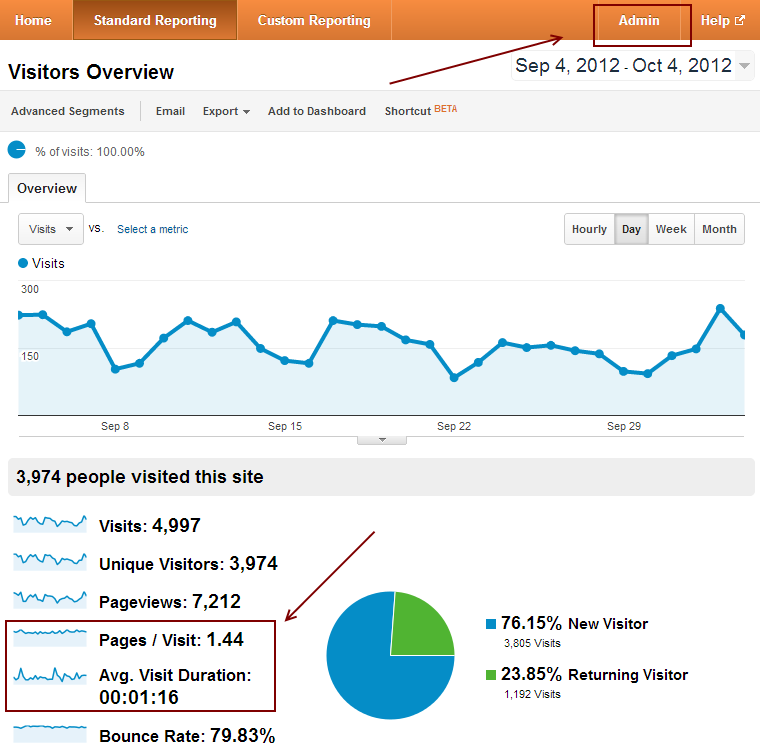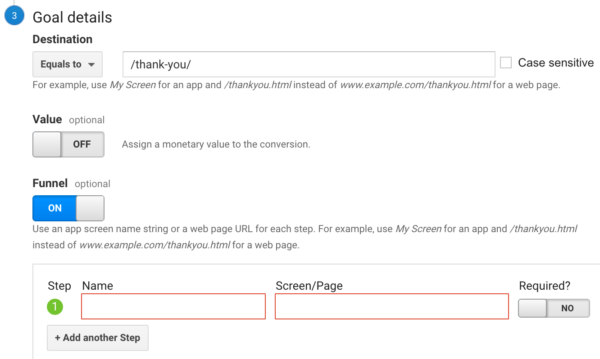What Data Is Google Analytics Goals Unable to Track: Crucial Info
Debunking Google Analytics Limitations: Uncover What Information Goals Can not Track
In the world of electronic analytics, Google Analytics stands as an effective tool that supplies beneficial understandings right into website efficiency and customer behavior. Amidst its capacities, there exist restrictions that often go unnoticed. Comprehending what Google Analytics can not track is critical for a comprehensive grasp of information interpretation and decision-making processes. From the complexities of customer interaction with vibrant content to the intricacies of cross-device customer journeys, these restrictions clarified locations that may remain obscured from typical analytics point of views. By unwinding these restrictions, a clearer picture emerges, permitting even more enlightened approaches and fine-tuned insights right into individual involvement and conversions.

Individual Communication With Dynamic Content
Individual communication with vibrant content plays an essential duty in understanding user habits on internet sites and maximizing the total user experience. By tracking user communications with vibrant content, web site proprietors can acquire important understandings into user interaction, preferences, and habits - what data is google analytics goals unable to track.
Google Analytics provides numerous devices to track customer interactions with dynamic content, such as occasion tracking and virtual pageviews. Event monitoring enables you to keep an eye on certain user actions, like clicking a switch or viewing a video, supplying data on just how individuals communicate with dynamic components.
Cross-Device User Journeys
Just how can modern-day analytics tools track the complex paths individuals take across several devices in their on-line trips? Cross-device customer journeys present a significant obstacle for tracking and assessing user habits accurately. As individuals engage with sites or applications utilizing numerous gadgets such as desktop computers, smartphones, and tablets, it comes to be vital to comprehend how they move in between these systems to maximize individual experience efficiently.
Google Analytics encounters restrictions in tracking cross-device user trips because of privacy worries and technical restrictions - what data is google analytics goals unable to track. While it can supply insights into individual gadgets' communications, tracking a seamless customer journey across multiple tools continues to be a challenge. This limitation can result in incomplete information and fragmented user insights, making it hard for services to produce a unified view of the customer journey
To resolve this issue, organizations can utilize innovative analytics tools that use cross-device monitoring capacities, enabling them to get a more all natural understanding of customer actions. By leveraging these devices, companies can connect the space in tracking cross-device individual trips and optimize their digital strategies for a smooth individual experience.
Offline Conversions and Attribution
As companies navigate the challenges of tracking cross-device customer journeys, an additional essential element to consider is the realm of offline conversions and attribution in the world of information analytics. While Google Analytics supplies beneficial understandings into on-line user habits, it fails when it concerns tracking conversions that occur offline. This limitation poses a considerable challenge for organizations that have both online and offline sales networks.
Offline conversions, such as purchases made in physical view website stores or with call facilities, are vital to recognizing the total client journey. Without the capability to associate these offline conversions to details on-line communications, businesses may struggle to precisely gauge the influence of their electronic marketing efforts.
To address this void, businesses can check out different solutions such as integrating CRM systems with on-line analytics devices or using unique discount codes that can be mapped back to on-line projects. By connecting the gap between online and offline data, businesses can acquire a much more comprehensive understanding of their consumers' actions and improve their overall marketing methods.
Individual Customer Identification
In the world of data analytics, the capability to accurately determine individual customers across numerous online touchpoints is a crucial difficulty for organizations seeking to customize and maximize their advertising and marketing techniques. While Google Analytics provides beneficial insights right into user habits and interactions, it drops brief in making it possible for the recognition of details individuals as a result of privacy problems and technological restrictions. Google Analytics uses unique identifiers such as cookies to track individual sessions and habits, yet these do not correspond to recognizing private users in a personal feeling.

Data From Secure Pages
Regardless of the boosting frequency of safe official statement and secure pages on internet here are the findings sites, obtaining data from these encrypted resources provides an unique obstacle for electronic analytics platforms like Google Analytics. Protect pages, shown by HTTPS in the link, encrypt information traded between the customer's browser and the website's web server to make sure personal privacy and safety. While this encryption is essential for shielding sensitive details, it likewise poses constraints for tracking customer actions and gathering analytics information.
Google Analytics encounters challenges in accumulating detailed info from secure pages as a result of the file encryption protocols in area. Therefore, particular data factors such as recommendation sources, keyword searches, and also some user communications may not be fully caught when individuals access a web site via a secure link. This limitation can influence the precision and completeness of the information analysis, resulting in voids in understanding user actions and preferences on secure pages.
To navigate this obstacle, digital analysts may require to check out different tracking approaches or leverage various other tools especially designed to gather understandings from protected web pages. By adapting methods to suit these restrictions, services can still obtain beneficial analytics in spite of the restrictions provided by encrypted connections.
Verdict
In final thought, Google Analytics has restrictions in tracking user interaction with dynamic web content, cross-device individual journeys, offline conversions, individual user identification, and data from safe web pages. In spite of its important understandings, Google Analytics may not provide a total image of customer engagement throughout various touchpoints.
Individual communication with dynamic material plays an important duty in comprehending individual behavior on internet sites and enhancing the overall individual experience. By tracking customer communications with dynamic material, site owners can gain beneficial insights right into customer engagement, preferences, and actions.
Google Analytics utilizes special identifiers such as cookies to track individual sessions and habits, yet these do not correspond to recognizing individual customers in a personal sense.
As a result, particular information factors such as reference sources, keyword searches, and also some user communications might not be completely recorded when individuals access a web site through a protected connection.In verdict, Google Analytics has restrictions in tracking individual communication with dynamic material, cross-device customer trips, offline conversions, individual user recognition, and information from safe pages.